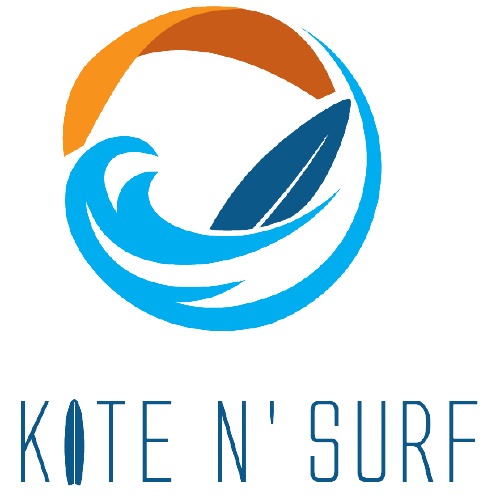ELECTRIC FOIL
LESSONS DUBAI
EFOIL LESSONS IN DUBAI
LOOKING FOR ELECTRIC FOIL LESSONS IN DUBAI? LOOK NO FURTHER AS OUR ELECTRIC FOIL LESSONS ARE AVAILABLE ON DAILY BASIS AND ALL DAY LONG IN KITE N SURF DUBAI AND IN PALM JUMEIRAH!
Prepare for your flight into one of the coolest modern days water sports in Dubai combining surfing and flying at the same time. If you thought that surfing couldn’t get any more exciting, think again.
No wind? No waves? No problem! The water sports and the surfing world may not be ready for how cool this electric surfboard is. Believe it or not, anyone can learn it 😉
EFOIL LESSONS COST
- 1 Hour/2 Efoils: will provide 2 Efoils and 1 instructor to run the lesson.
- Full-Day: This option is suitable for a group of people willing to spend the day together with some excitement on the water in their private location or private villa.
- Full Day/2 Efoils: We will provide you with 2 Efoil boards and the actual usage time of the 2 boards on the water is around 10 hours.
efoil lessons breakdown

The lesson starts always with a short introduction of the different parts of the Efoil board, the foil, the mast, the propeller, and the remote control. After that, a short briefing will be given on the sand prior to getting on the water to ensure a clear understanding of the different steps of the lesson.

HOW TO RIDE THE ELECTRIC FOIL
Lie down on the board in a position where you can touch the front of the board with your hand or the front handle. Once moving you want to keep your weight toward the front of the board the controller should be set to power level one. Arm the motor by placing the handset on the arming pad and when you see the motor unlock and count down on the screen gently squeeze the trigger. The board will start to move slowly on level one, you will only be moving slowly you need to hold the trigger all the way in.
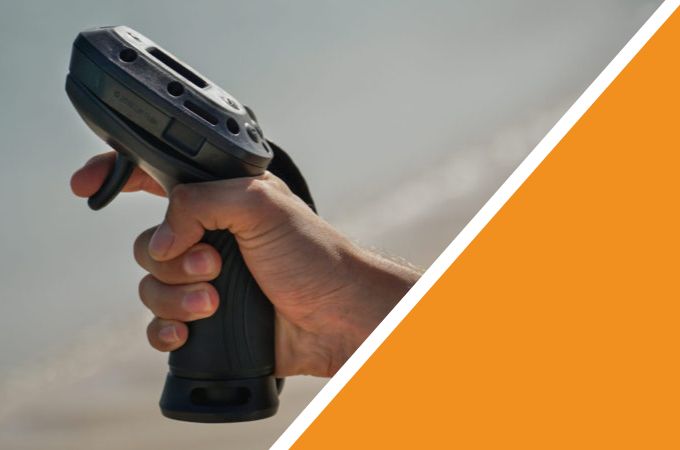
Use your thumb to change gear using the plus and minus buttons practice gradually increasing and decreasing speed between levels one and four, be sure to keep enough weight on the front of the board to keep the nose of the board down and parallel to the water. As you accelerate you may need to shift your weight forward as you increase your speed. If you’re a heavy rider the board may sink when lying on it this can cause water to flow over the Bluetooth receiver which blocks the signal. Keep your weight back to keep the receiver above the waterline when arming and then shift your weight forward as you get moving.
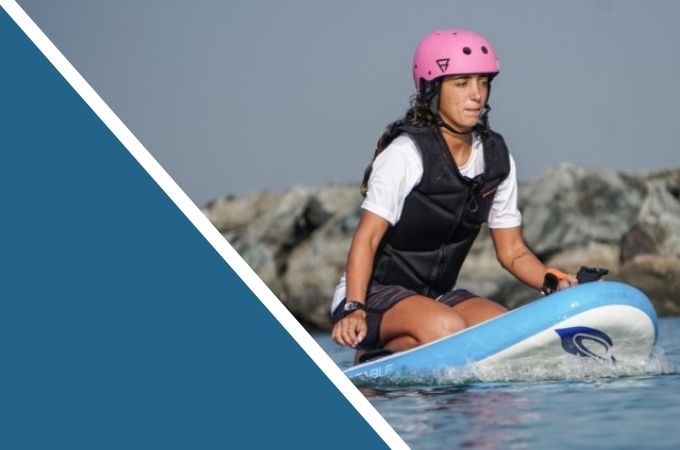
GETTING ON YOUR KNEES
Time to get to your knees experiment to find the right speed level for you. You want to be moving fast enough for the board to be stable but not so fast that you are bouncing up and down in the chop. The ideal power level depends on the board choice and your weight, generally, you want to be riding at a speed of between 6 and 10 kilometers per hour before moving to your knees. Be incredibly careful not to let go of the trigger when moving through
Transitions. Practice holding the trigger all the way in when transitioning to your knees and feet, even releasing the trigger a small amount will upset the balance and could cause you to sink or crash.
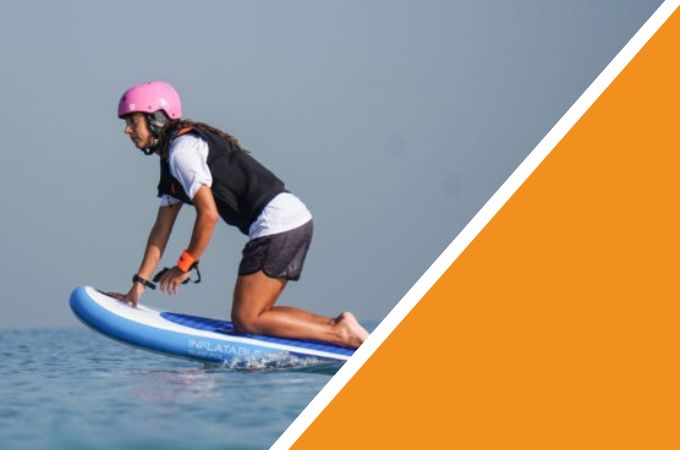
While traveling at your chosen constant speed, place both hands on the board and slide both knees under your board while pushing your body up position your knees in front of the lid hinges being careful not to hit them. If this position causes the nose to sink you’re likely going too slow. If you start foiling and crash getting to your knees you’re going too fast and have your weight too far back once on your knees shift your body weight forward to keep the nose down. Spend time balancing on your knees and changing speeds.
Once you feel ready you can practice starting to foil on your knees by increasing your speed to between 18 and 25 km/h depending on your weight and carefully moving your head and upper body backward.
You will know when you’re foiling when the splashing sound stops and you can only hear the faint whine of the motor. As soon as you foil move your upper body forward to touch down again, practice this skill and notice how very subtle changes in your weight engage the wing to bring the board up and down.
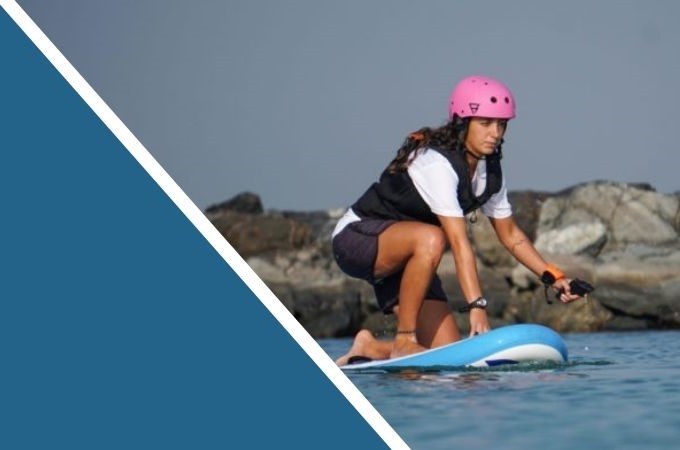
TIME TO STAND UP ON THE EFOIL
Now it’s time to stand off select the power level where the board feels stable and supported. Depending on your weight a speed between 8 and 12 km/h is ideal.
From your knees place your dominant foot in the space in front of your knees, your toes should be near the front of the footpad and slightly to one side get your balance, and then slowly stand from a lunge position. Remember to keep as much weight as possible pushing through your front leg, don’t forget to keep the throttle trigger engaged.
From your knees place your dominant foot in the space in front of your knees, your toes should be near the front of the footpad and slightly to one side get your balance, and then slowly stand from a lunge position. Remember to keep as much weight as possible pushing through your front leg, don’t forget to keep the throttle trigger engaged. The weight on your front foot keeps the board and nose down which keeps the foil in the water standing up with weight on your rear foot can result in the foil engaging and an unintended crash. be careful not to let go of the throttle trigger as you stand up your speed should remain constant for a smooth ride to make standing as easy as possible.

Once standing your chest and nose should be aligned with or in front of your front knee to help keep weight forward before you increase your speed. Check to ensure your feet are in the correct position the ideal body position is with your body twisted forward with your front foot just behind the front of the deck grip, with your rear foot 5 centimeters in front of the latches. The feet should be hip-width apart and slightly offset. Practice slowly adding speed the foil motor and the board’s bow wave all want to push the nose up, so you need to push down hard for your front leg. While you accelerate weight on your front foot with your body leaning forward is safe as it keeps you from falling in the water. Whenever you become uncomfortable shift as much weight as you can towards the nose of the board.
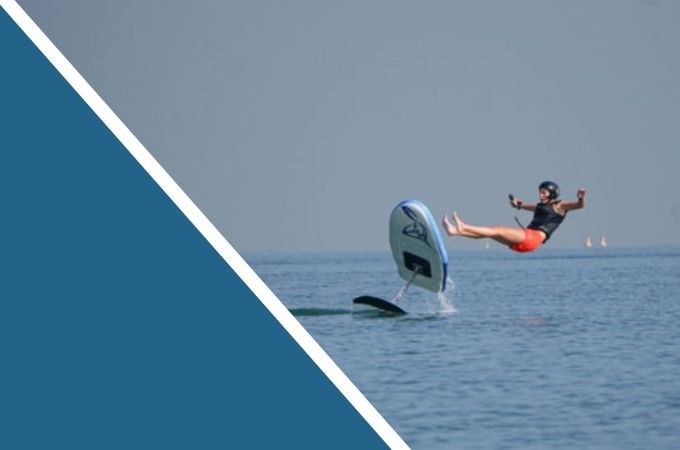
TIME TO FALL OFF THE BOARD
Falling off the efoil board and getting on it is part of the lesson and for sure part of the fun. Make sure when falling off the board to fall backward. Remember to get back on the board using the side handles of the board and get on the board in the initial position when you lie down on your chest and follow the same procedure as before until you reach the standing position.

TIME TO START FOILING
It’s time to start flying once comfortable riding at medium speeds practices going faster, the board will start to plane and flatten off. Keep your weight forward when you are comfortable riding at a minimum flying speed between 20 and 25 km/h you’re ready to take off. Riding at a constant speed gradually transfer weight backward by releasing pressure off your front foot, do this very carefully with your weight over the centerline of the board and your core engaged. As soon as you feel the board leave the water you hear the noise change immediately lean forward and touch down. You just flew for the first time. Keep practicing this motion until you feel comfortable to keep going.
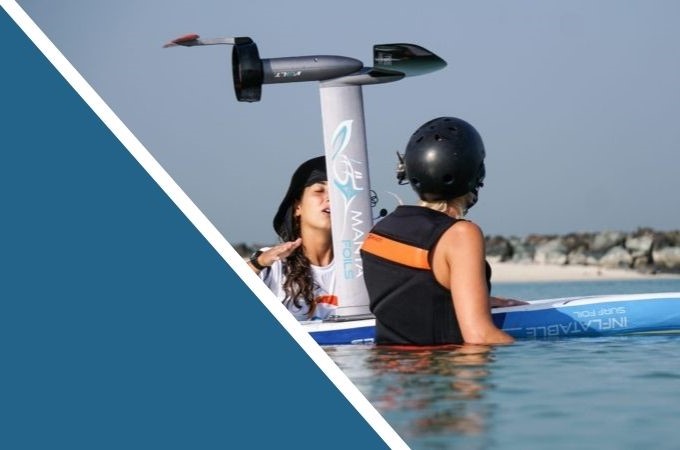
EFOIL SAFETY
Before getting started let’s talk about safety, when learning there is a potential to fall on the board wings or mast, always wear a helmet and approved personal flotation device. Be careful not to kick anything sharp when swimming near the board. Keep hands or feet away from the propeller the motor is powerful and a serious injury could result from coming into contact with it.
It’s important to choose a suitable location clear of obstacles and traffic and at least one and a half meters deep remaining at a distance of at least 150 meters from swimmers and other water users.
It’s much easier to learn in smooth water take particular care if the bottom surface is a hard surface or rocks that could scratch and damage the carbon wings and board soft sand is best deep water on its side or upside down don’t flip the board over in water less than one and a half meters deep or chest height now let’s get the motor going.
ARE YOU READY TO FLY?
Experience surfing’s latest craze. Whether you want to cruise into serene lakes or ride into the open sea, the eFoil will let you ride your adventure with more fun and excitement. For more information, please contact us at +97155800636

